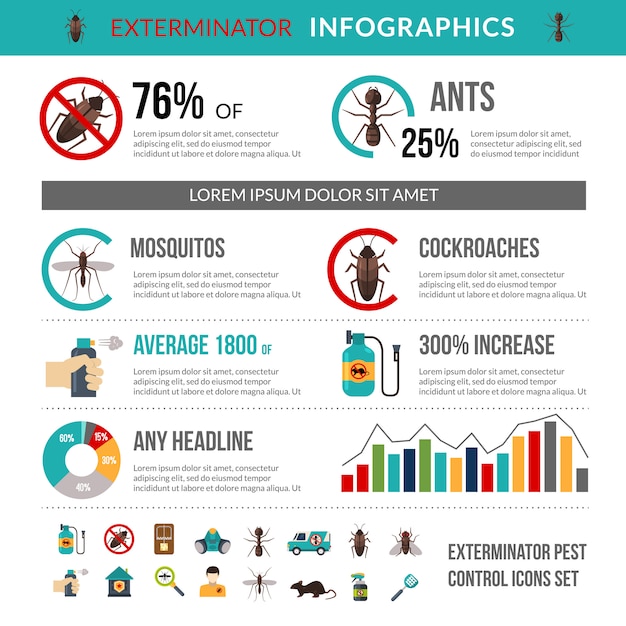The Duty Of Parasite Exterminators In Environmental Sustainability
The Duty Of Parasite Exterminators In Environmental Sustainability
Blog Article
Article Writer-Ashley Dickey
You could assume that bug exterminators are only worried about eliminating insects, but their duty surpasses that. They play a vital part in environmental sustainability.
By utilizing integrated bug monitoring methods, they not only eliminate pests yet additionally guard biodiversity.
Additionally, they use lasting insect elimination approaches to reduce ecological dangers.
So, next time you doubt the importance of pest exterminators, remember their contribution to a greener and healthier world.
The Relevance of Integrated Insect Management
You must comprehend the relevance of integrated insect management in maintaining a lasting atmosphere.
Integrated Parasite Monitoring (IPM) is an approach that focuses on avoiding and controlling bugs while minimizing the use of damaging chemicals. By carrying out IPM techniques, you can efficiently take care of parasite populaces without causing damage to the setting.
One key element of IPM is the use of biological controls, such as killers and bloodsuckers, to naturally manage pest populaces. This lowers the need for chemical pesticides, which can have detrimental results on wild animals and ecosystems.
Furthermore, IPM promotes using social and physical controls, such as crop rotation and exclusion strategies, to stop insects from coming to be an issue to begin with.
Safeguarding Biodiversity Through Insect Control
We can guard biodiversity via reliable bug control methods that prioritize the conservation of all-natural ecosystems. By employing responsible parasite control techniques, we can safeguard and maintain the delicate equilibrium of species within our environment. Here are three ways in which bug control adds to safeguarding biodiversity:
- ** Protecting native vegetation and fauna ** - By targeting invasive types that endanger native plants and pets, bug control aids make sure the survival of aboriginal species and maintains the natural variety of environments.
- ** Avoiding the spread of conditions ** - Controlling pests such as insects and ticks reduces the threat of diseases infecting wild animals populaces, shielding biodiversity and stopping prospective outbreaks.
- ** Saving endangered types ** - By managing insects that victimize or compete with endangered types, parasite control initiatives can boost the possibilities of survival and advertise the recuperation of at risk populaces.
Through linked resource site , we can actively add to the conservation of biodiversity and the sustainability of our environment.
Mitigating Environmental Dangers With Lasting Insect Extermination Methods
By using sustainable pest elimination approaches, you can successfully mitigate ecological threats while making certain the safety and security and well-being of both humans and the all-natural environment. Conventional insect control methods typically include the use of dangerous chemicals that can have harmful effects on the setting.
Nonetheless, lasting parasite elimination approaches concentrate on minimizing these threats by making use of eco-friendly options. For example, incorporated bug management (IPM) approaches focus on making use of safe and naturally degradable products, in addition to all-natural killers to manage pest populaces. This strategy not only reduces the negative impact on the environment however also helps to maintain the delicate balance of the ecosystem.
Furthermore, sustainable bug elimination techniques advertise the preservation of biodiversity by targeting specific insects without hurting useful organisms. By embracing these methods, you can add to a more lasting and green technique to pest control.
Verdict
You are the pest exterminator, the guardian of nature's consistency. With incorporated parasite monitoring, you stabilize the fragile ecological community, ensuring the survival of diverse types.
find out here lasting approaches, you reduce environmental threats, keeping the fragile equilibrium undamaged.
Like a harmony conductor, you manage the rhythm and circulation, securing the biodiversity that dances in ideal harmony.
With every action you take, you produce a world where nature grows, where parasites pull away, and where sustainability preponderates.
